G-BFKX. British Aircraft Corporation Concorde 102. c/n 216.
Was also registered as: G-BOAF.
This was the last Concorde to be built by British Aircraft Corporation at the Filton, Bristol plant. It was entered onto the British Aircraft Register as G-BFKX (CofR G-BFKX/R1) on January 27, 1978 and registered to the British Aircraft Corporation. It flew for the time from Filton on April 20, 1979. Its registration was cancelled on December 14, 1979 before being re-registered G-N94AF / G-BOAF to British Aerospace / Braniff Airways on the same day to comply with American registration requirements for the operation of the aircraft across continental USA. Following the aircraft's arrival at New York / Washington DC from London, the aircraft was used by Braniff Airways to fly its Washington DC / New York - Dallas Fort Worth service and return. The registration G-N94AF / G-BOAF was cancelled on June 09, 1980 when the joint operating arrangement with Braniff Airways for this aircraft was terminated. The aircraft was then sold to British Airways for a token sum rumoured to be £1000 Sterling for the airframe and £100 Sterling for each engine. The airline then paid the full costs of over £1 million to bring the aircraft up to the same specifications as the other Concordes in their fleet. Registered as G-BOAF it was handed over to British Airways on June 09, 1980. It became the first of the seven British Airways Concordes to have a £1 million internal and external refurbishment performed on them. G-BOAF's Certificate of Airworthiness was cancelled on August 15, 2000 as a result of the crash of the Air France Concorde at Charles de Gaulle Airport, Paris on July 25, 2000. This accident resulted in all Concordes being grounded. This aircraft was fitted with the 'return to flight' modifications that had been mandated by the aircraft's manufacturer and the relevant airworthiness authorities. It was the first Concorde to be fitted with the newly developed Kevlar-rubber fuel tank liners. The tyre manufacturer Michelin announced on June 07, 2001 that the tyres that were tested at Istres on the French Concorde F-BTSD would be fitted to all Concordes when they returned to service. On September 05, 2001 Certificates of Airworthiness were returned to modified Concordes by the British CAA and French DGAC. The CAA and DGAC announced that once each Concorde had been modified, its Certificates of Airworthiness would also be returned. When G-BOAF completed its second Operational Assessment flight following the completion of these modifications involving a round trip flight of some 3 hour 30 min trip from London Heathrow to the Bay of Biscay and return, it was awarded its new Certificate of Airworthiness on September 11, 2001. As a result it was the first Concorde to be granted a renewed CofA to carry passengers. Tickets for Concorde services that were scheduled to recommence on November 07, 2001 went on sale on October 16, 2001. Sales were high and some flights were sold out in a matter of days. On October 22, 2001 G-BOAF completed a final operational assessment flight to New York. It was the first Concorde into New York since the grounding of all services and paved the way for the full resumption of flights to the United States. G-BOAF operated the second British Airways Concorde service following the types return to flight when it flew from London (Heathrow) to Washington DC on November 07, 2001. It was carrying none other than the British Prime Minister Tony Blair on this flight to meet with U. S. President George W. Bush. With Concorde's operational life coming to an end, G-BOAF had the honour of operating the type's final ever flight on Wednesday November 26, 2003. The aircraft departed from London Heathrow at 11.30 am GMT and made one last, brief supersonic flight, carrying 100 British Airways Flight Crew, over the Bay of Biscay. It then flew a 'lap of honour' above Bristol, passing over Portishead, Clevedon, Weston-super-Mare, Bristol International Airport and the Clifton Suspension Bridge, before landing at Filton at 1.00 pm GMT. It was met by His Royal Highness Prince Andrew, who formally accepted its handover. The aircraft is now preserved and open for inspection at the Concorde Filton Facility. G-BOAF was officially cancelled from the British Aircraft Register on May 04, 2004. On retirement G-BOAF had flown a total of 18,257 hours with 6,045 cycles. It flew a total of 5,639 supersonic speed cycles. |
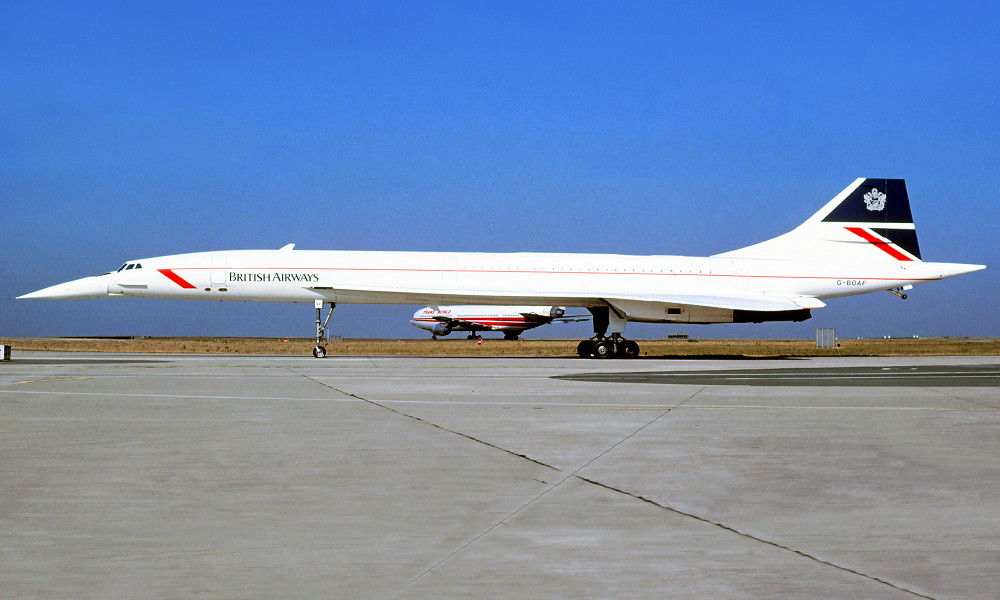 |
G-BOAF. British Airways - in the new livery at an unknown airport, January 1985. (R. N. Smith Collection Copyright Image 1926-041.) |
 |
G-BOAF. British Airways - in the new livery at Miami Airport, July 1985. (P. Sansom Copyright Image 1926-063.) |
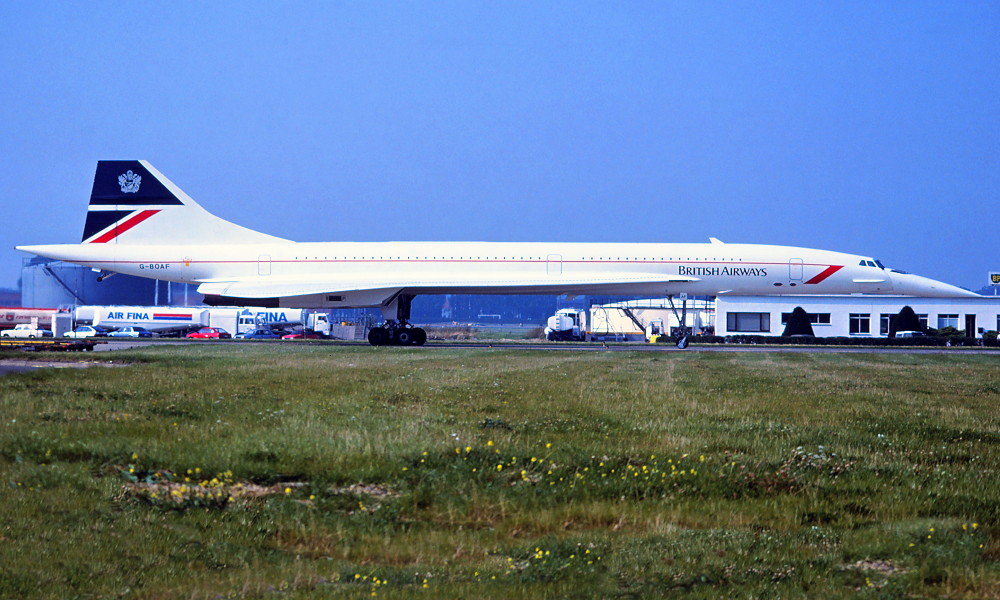 |
G-BOAF. British Airways - in the new livery at an unknown airport, September 1985. (R. N. Smith Collection Copyright Image 1926-040.) |
 |
G-BOAF. British Airways - in the new livery at an unknown airport, September 1985. (R. N. Smith Collection Copyright Image 1926-039.) |
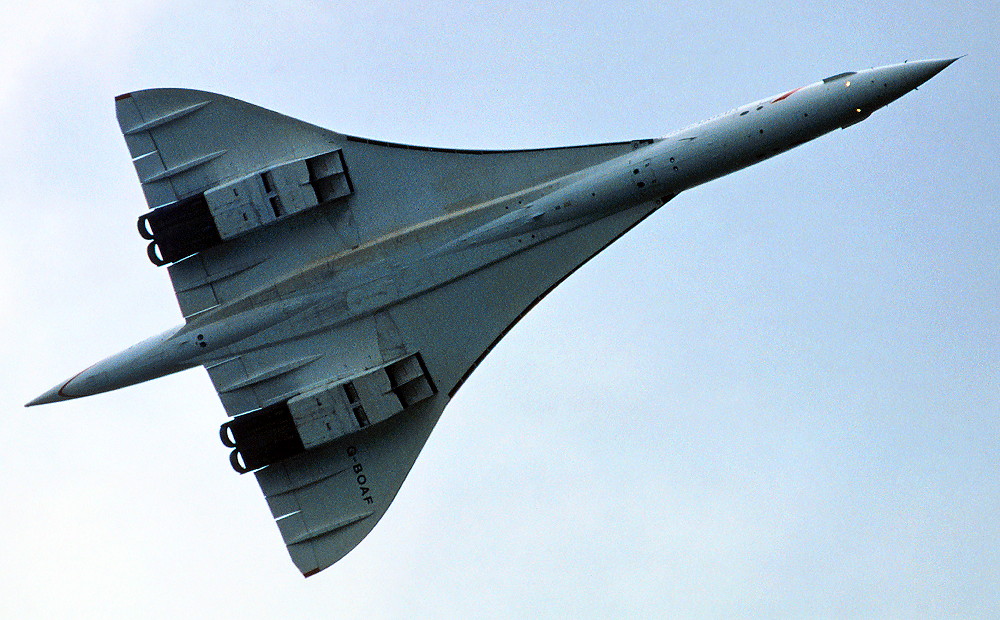 |
G-BOAF. British Airways - in the new livery at Brands Hatch, July 1986. (R. N. Smith Collection Copyright Image 1926-042.) |
 |
G-BOAF. British Airways - in the new livery at an unknown airport, October 1986. (R. N. Smith Collection Copyright Image 1926-071.) |
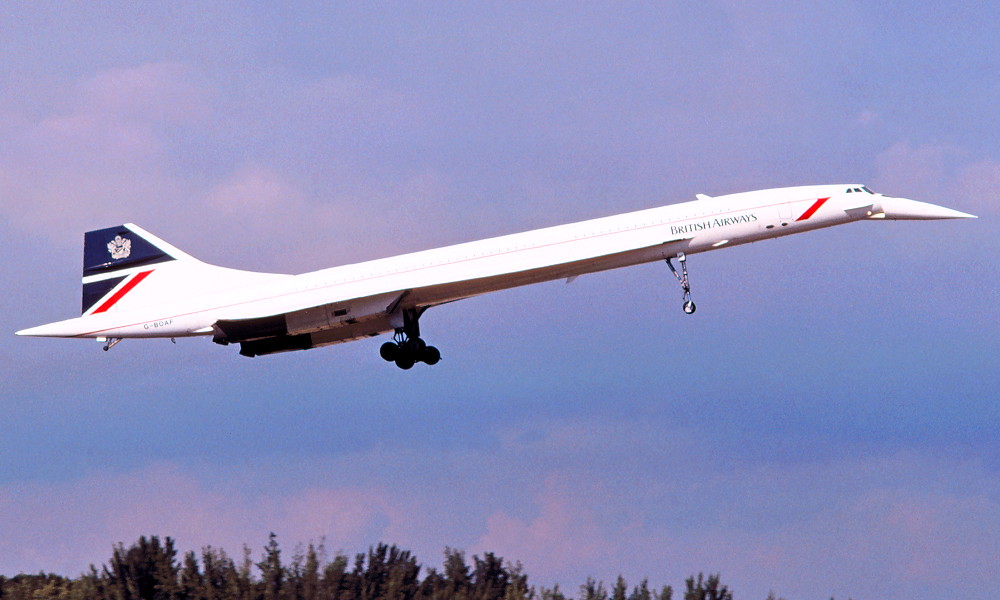 |
G-BOAF. British Airways - in the new livery at Miami Airport, April 1990. (R. N. Smith Collection Copyright Image 1926-029.) |
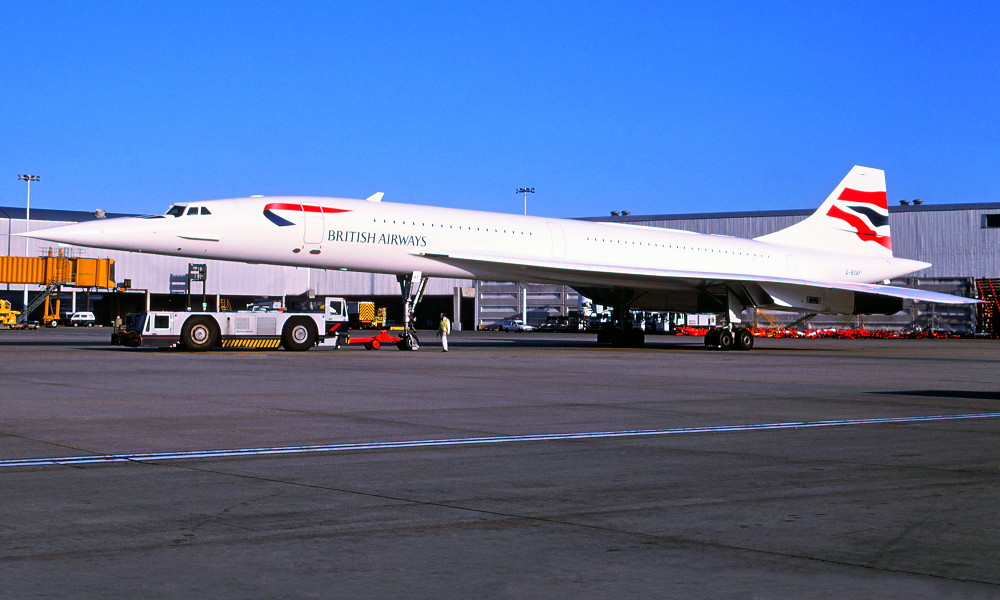 |
G-BOAF. British Airways - in the final livery at an unknown airport, July 1997. (R. N. Smith Collection Copyright Image 1926-044.) |
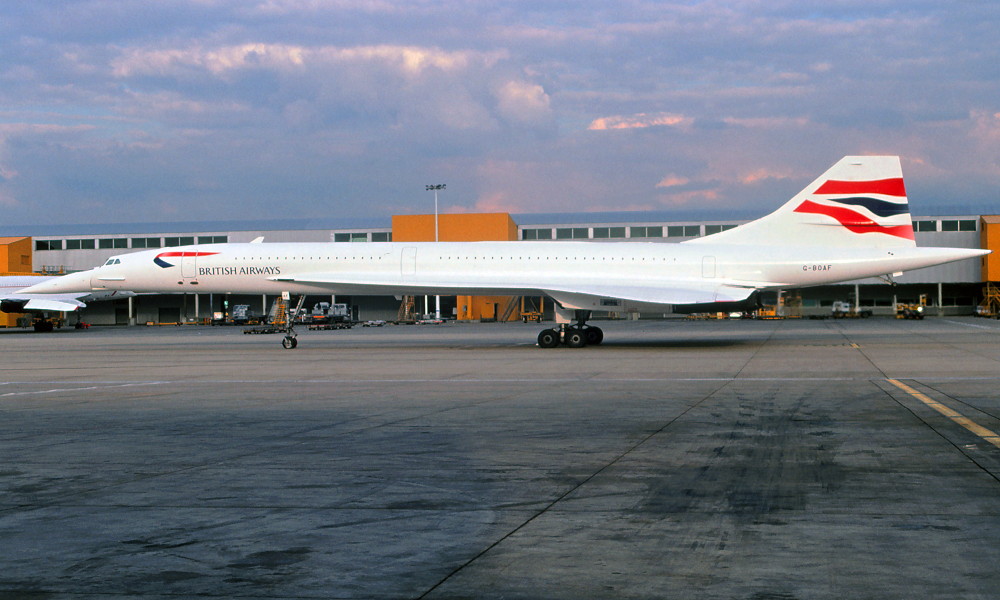 |
G-BOAF. British Airways - in the final livery at London Heathrow Airport, July 1997. (R. N. Smith Collection Copyright Image 1926-072.) |
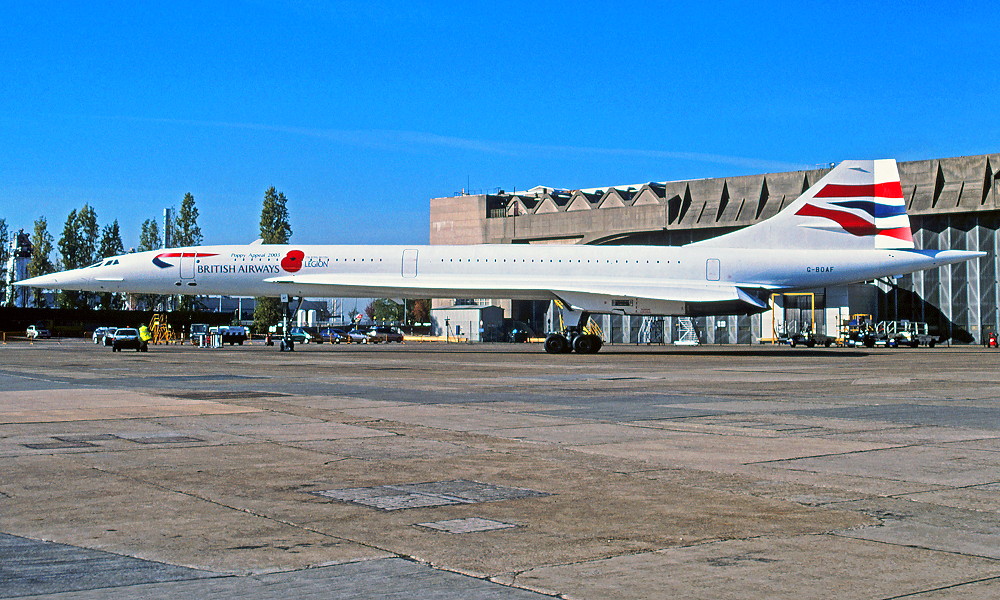 |
G-BOAF. British Airways - in the final livery with additional 'Poppy Appeal 2003' titles at London Heathrow Airport, November 2003. (R. N. Smith Collection Copyright Image 1926-043.) |